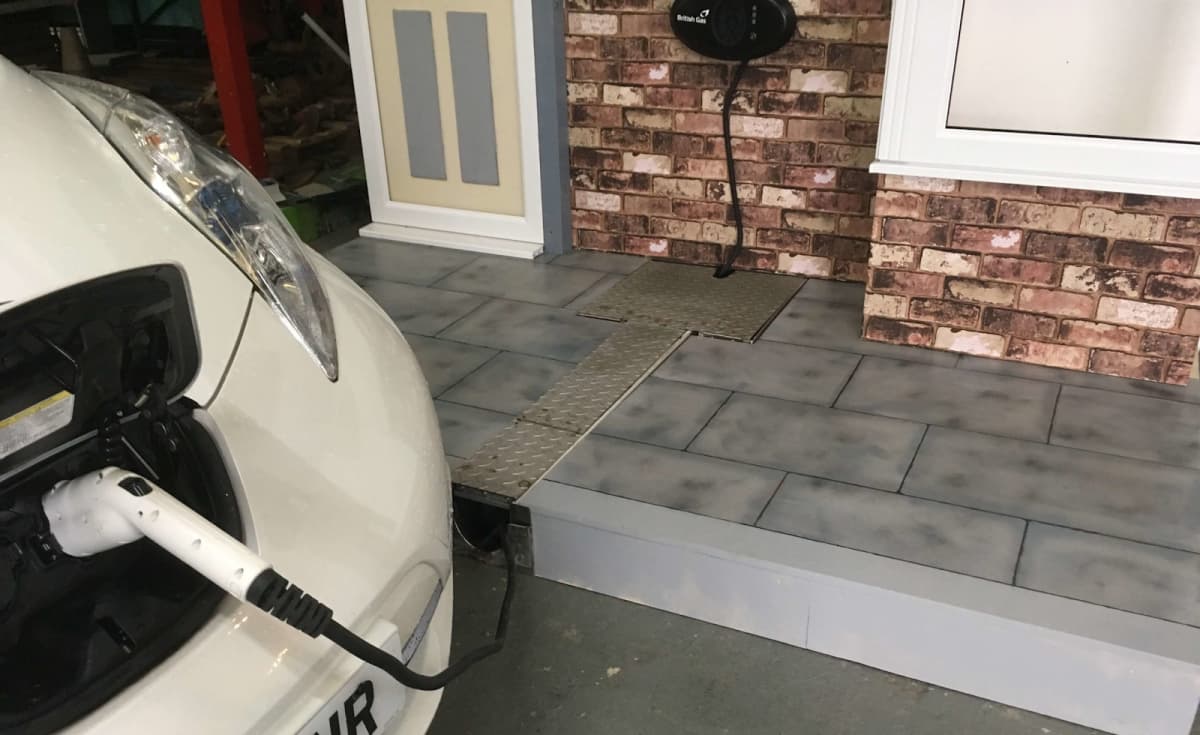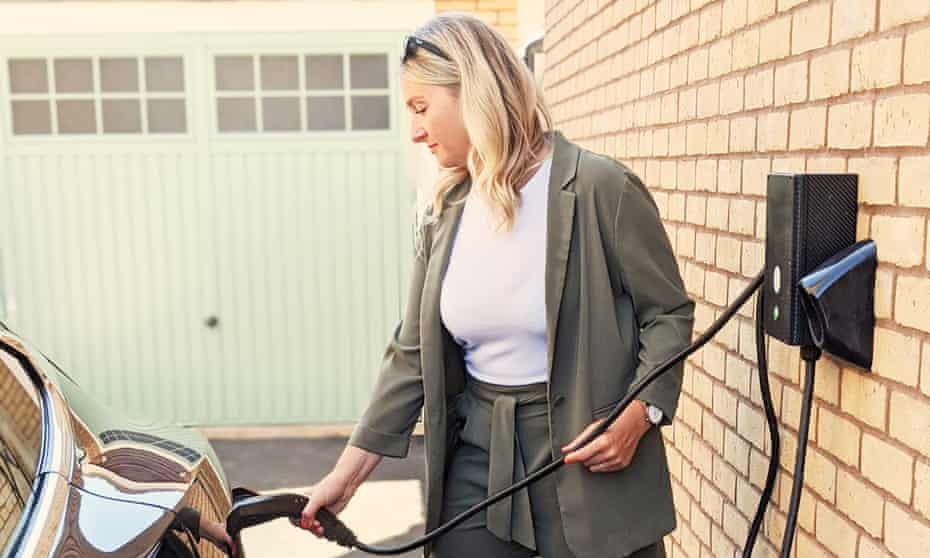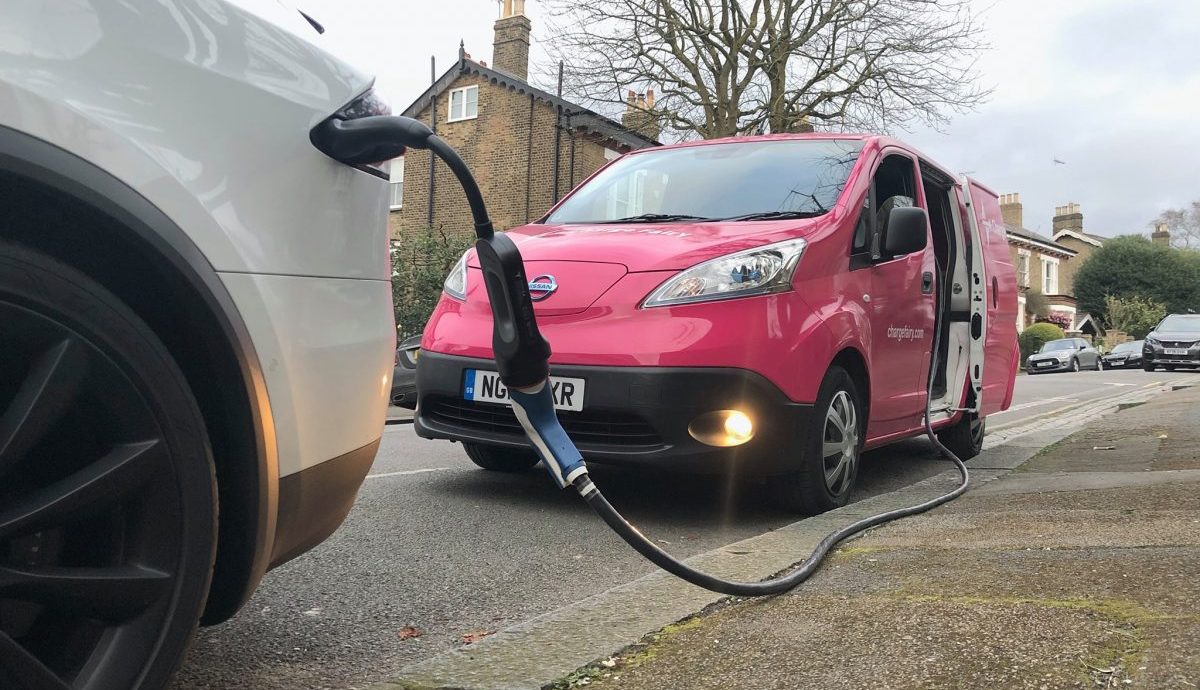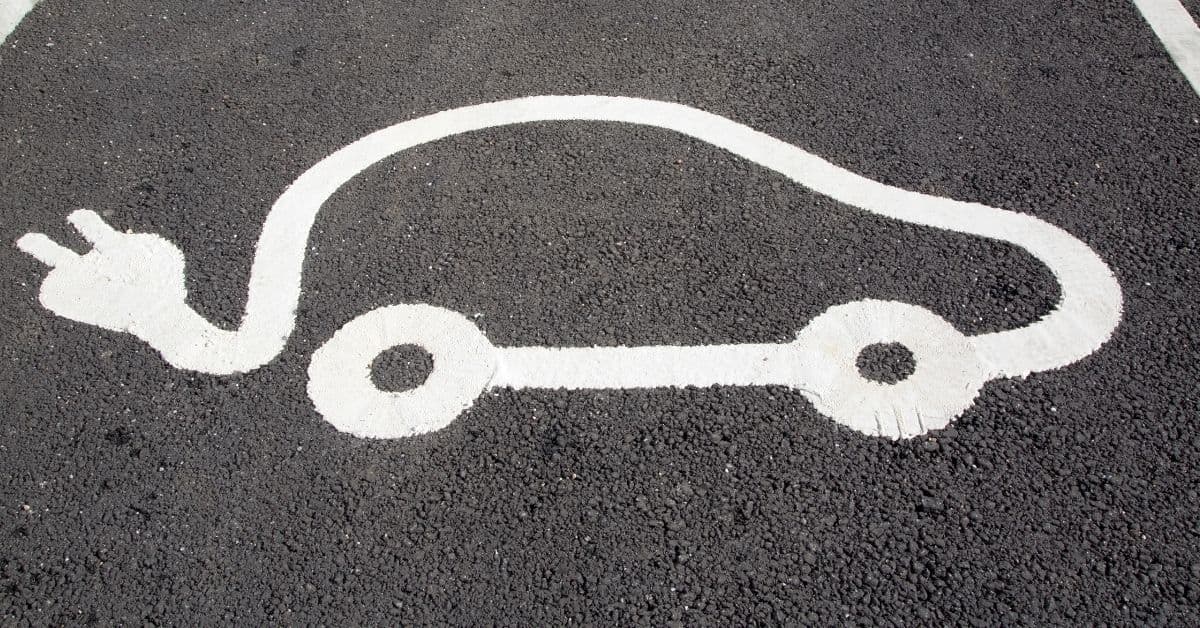Charging at home means cheaper and greener driving. But how do you charge your electric car if you don’t have off-street parking or a driveway? If you can’t have a EV home charger installed, will an EV be less convenient and more expensive to charge?
A variety of solutions are emerging to help the 40% of homes without off-street parking switch conveniently to an electric car. So what are the options if you don’t have off-street parking?
1. Can I run my charging cable across a pavement?
If you can normally park close to your home, you might be tempted to run a cable across the pavement. There are products and set-ups that will ensure you run cables safely. But as many pavements are already cluttered with bins, recycling boxes, bikes and badly parked cars – cables are yet another potential hazard for pedestrians, wheelchair users and people with buggies. So it is understandable that many councils are urging against it.
If you can’t go over it, maybe you can go under it. Green Mole is looking to scale up a service that can actually create a tiny tunnel from your terraced house to your parking space big enough to house a charger cable, without digging anything up. But at a guide price of £3000, that’s a big extra sum for any household to commit to their electric motoring.

2. Get EV charging while you’re at work
If you drive to work, charging there makes perfect sense. Your employer can install a charge point by making use of the Government’s Workplace charging scheme. Charging at work is both an (untaxable) perk for employees and will reduce the carbon impact of their business. And while you’re speaking to your boss, it may be good to throw in the idea of starting a salary sacrifice scheme for electric cars.
Find an EV that fits
3. Neighbourhood charger sharing
If you’ve got an EV-driving neighbour with a driveway, maybe they would rent their charger out to you? Check out Co-Charger who match up local charger hosts with nearby ‘chargees’. It may cost more than charging at your own home, but cheaper and more convenient than public charging and you don’t have the upfront expense of buying your own charger.

A co-charger who ‘hosts’ four neighbours will make anything from £400 to £1,000 a year, depending on their EV tariff. Businesses can also use the app to monetise chargers in their car parks during closed hours. A similar service aimed at fleet drivers is being launched by JustPark and Octopus. JustPark also let you filter by EV charging while you book a parking spot for any location.
4. Live in London? Get your charge delivered

If you live in London, Charge Fairy will locate your car and charge it wherever it’s parked, from a specially converted power van, while you sleep. Charge Fairy remotely monitor your car’s battery and turn up to charge it when needed. For £5.99/week you get 10kWh – that’s roughly 30 miles – and each kWh after costs you 63p, cheaper than many rapid charger networks.
5. Organise your community to get charging infrastructure
At a community level, there are community charging schemes to put chargers in via organisations like ChargeMyStreet, which helps give communities the tools and support to identify and finance their own charge points, at locations they see the greatest identified need and benefit. Read more about the On-Street Residential Charging Scheme.

6. Could your road get on-street chargers?
ChargeLight are a UK start-up retrofitting chargers in lampposts. By using existing street infrastructure, they can charge less than rapid charging (currently 30p/kWh plus connection fee of 20p). It’s also more environmentally friendly than building anew and much quicker to install. If you’re keen to get your local council to install some chargers in your street, fill out ChargeLight’s On-street charger request form to help get the message across to your council.
Fuel giant, Shell, also has plans to install 50,000 on-street chargers across the UK by 2025 through ubitricity, which offers lamppost and other on-street installations.
If lampposts aren’t going to work on your street, another option is pop-up chargers. Urban Electric install pop-up chargers for streets and car parks. Their pedestrian-friendly hubs provide discreet and easy to use charging for residents and visitors alike, with minimum streetscape impact. Trials are underway in Dundee and Plymouth.
Could you save with an EV?
7. Pre-pay for money off your charging
Charging apps like Bonnet offer much cheaper rates for EV drivers who sign-up to buy charging upfront. With Bonnet, your cost per kWh could be as low as 40p when you buy their biggest ‘refill’ subscription for £80/month.
